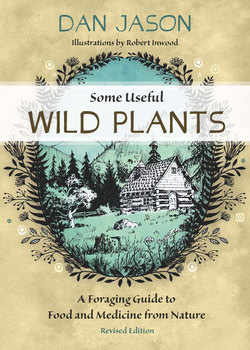Читать книгу Some Useful Wild Plants - Dan Jason - Страница 28
На сайте Литреса книга снята с продажи.
ОглавлениеElderberry
Sambucus spp.
Caprifoliaceae
Many people know the elder shrub from using its berries for elderberry wine. When in bloom in the summer, it is easily identified by its flat white head of flowers, which is about five to eight inches across. The leaflets are sharp-pointed, willow-like, opposite and usually in nines in the blueberry elder and fives and sevens in the blackberry elder. The blackberry elder is usually found above 4,000 feet; the blueberry elder is most common in the BC Interior. Redberry elderberries are not palatable.
Elderberries can be steeped raw in cold water for a refreshing drink, in hot wine with honey, or canned and drunk in the winter. They are one of the richest natural sources of vitamin C. The flower, too, can make a delicious beverage, usually a tea.
Elder leaves and flowers can be made into an ointment for bruises, sprains and wounds. Bruised or decocted, they are said to drive away flies and other insects. They also help in the treatment of poison ivy rash. The flowers can also be used for coughs, colds and sore throat (combined with honey and vinegar), as a laxative and as a general remedy and tonic.
Elder bark can be used to quickly cleanse the system through the bowels and bladder, and by vomiting. It contains sambunigrin—a cyanogenic glycoside—which is poisonous if absorbed. Hot elderberry wine with honey is a popular remedy for colds, and the berries steeped as tea are reportedly good for diarrhea.
Occultists claim elder is surrounded by a wide healing aura; it used to be common practice to plant an elder near the house as protection against disease and evil spirits, or to carry an elder twig for good luck and health.
Elderberry
